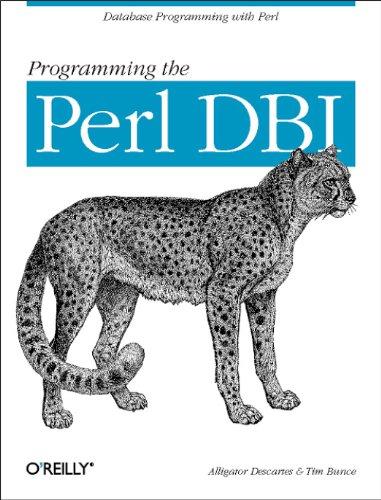Question
CSE 330 - Operating Systems Spring 2020 Project #2 Due Date: March 2 (groups of 2, use same group as Proj 1, unless there is
CSE 330 - Operating Systems Spring 2020 Project #2 Due Date: March 2 (groups of 2, use same group as Proj 1, unless there is a problem)
Overview:
Using the queuing routines, (not all will be used) this project will implement the ability to run multiple functions as threads, using non-preemptive scheduling.
Step 1: TCB and context:
All the built-in types and functions used in this step come from a library. To get them, use the line:
#include
The queue items defined in your q.h file has to changed, to be of type TCB_t. The TCB_t and an initialization routine are provided in a header file tcb.h. Note that TCB_t has previous and next pointers, a thread_id field along with an ucontext_t field to store a thread context.
There is a routine in the tcb.h file called init_TCB, which is used to initialize a TCB for a new thread. The arguments to init_TCB are:
void init_TCB (TCB_t *tcb, void *function, void *stackP, int stack_size)
1. pointer to the function, to be executed
2. pointer to the thread stack
3. size of the stack
Step 1 consists of understanding tcb.h and changing the q-element type in your q.h file to TCB_t.
When calling init_TCB, you have to create a stack by allocating an integer array to hold the stack (use malloc with a size of 8192 bytes) and then passing the location (address) and size of this stack (or array).
Step 2:
Declare one global variable: RunQ. RunQ points to a queue of TCBs that are ready to run. (the RunQ used in this project is the same thing as a Ready Queue discussed in class).
Write a routine called start_thread and put it in a file called threads.h. Also routines defined in Step 3 will go into this file. You will need to include q.h into threads.h. The code for start_thread looks like:
void start_thread(void (*function)(void)) { // begin pseudo code allocate a stack (via malloc) of a certain size (choose 8192) allocate a TCB (via malloc) call init_TCB with appropriate arguments
initialize the thread_ID call addQ to add this TCB into the RunQ which is a global header pointer //end pseudo code }
Step 3:
Write the routines called yield and run which cranks up the works (and put them in threads.h). These routines are defined as:
void run()
{ // real code
Curr_Thread = RunQ
ucontext_t parent; // get a place to store the main context, for faking
getcontext(&parent); // magic sauce
swapcontext(&parent, &(Curr_Thread->context)); // start the first thread }
void yield() // similar to run { // begin pseudo code Prev_Thread = RunQ;
RotateQ(&RunQ); Curr_Thread = RunQ; swap the context, from Prev_Thread to the thread pointed to Curr_Thread // end pseudo code }
You may want to add a routine that prints the thread_id given a TCB pointer.
Step 4:
Write a driver program in a file called thread_test.c. Into thread_test.c.c include threads.h which includes q.h, which includes TCB.h, which includes ucontext.h.
Declare a global RunQ (you may have already done so, if so then you decide whether to keep it there or move it here.
Write a few functions with infinite loops (put a yield in each loop). Note: try to write thread functions that are meaningful, use global and local variables
In main, initialize RunQ, start threads using the functions you defined using start_thread.
Call run() and watch. (Call friends and family)
__________________________________
SUBMIT:
Your project must consist of 4 files
1. TCB.h (uses ucontext.h) // this can be a copy of the file provided
2. q.h (includes TCB.h)
3. threads.h (includes q.h)
4. thread_test.c (includes threads.h) must contain your name(s) in comments @ beginning
(make sure the compile command, gcc thread_test.c does the correct compilation).
All 4 files are to be ZIPPED into one zip or gzip file. The name of this file should reflect the name(s) of the people submitting (abbreviated, do not make it too long).
Upload to Canvas. Make sure your names are in comments in your code.
Note: Grading is on Ubuntu. It is in your interest to make sure the program compiles and runs in the target test platform.
Step by Step Solution
There are 3 Steps involved in it
Step: 1

Get Instant Access to Expert-Tailored Solutions
See step-by-step solutions with expert insights and AI powered tools for academic success
Step: 2

Step: 3

Ace Your Homework with AI
Get the answers you need in no time with our AI-driven, step-by-step assistance
Get Started


